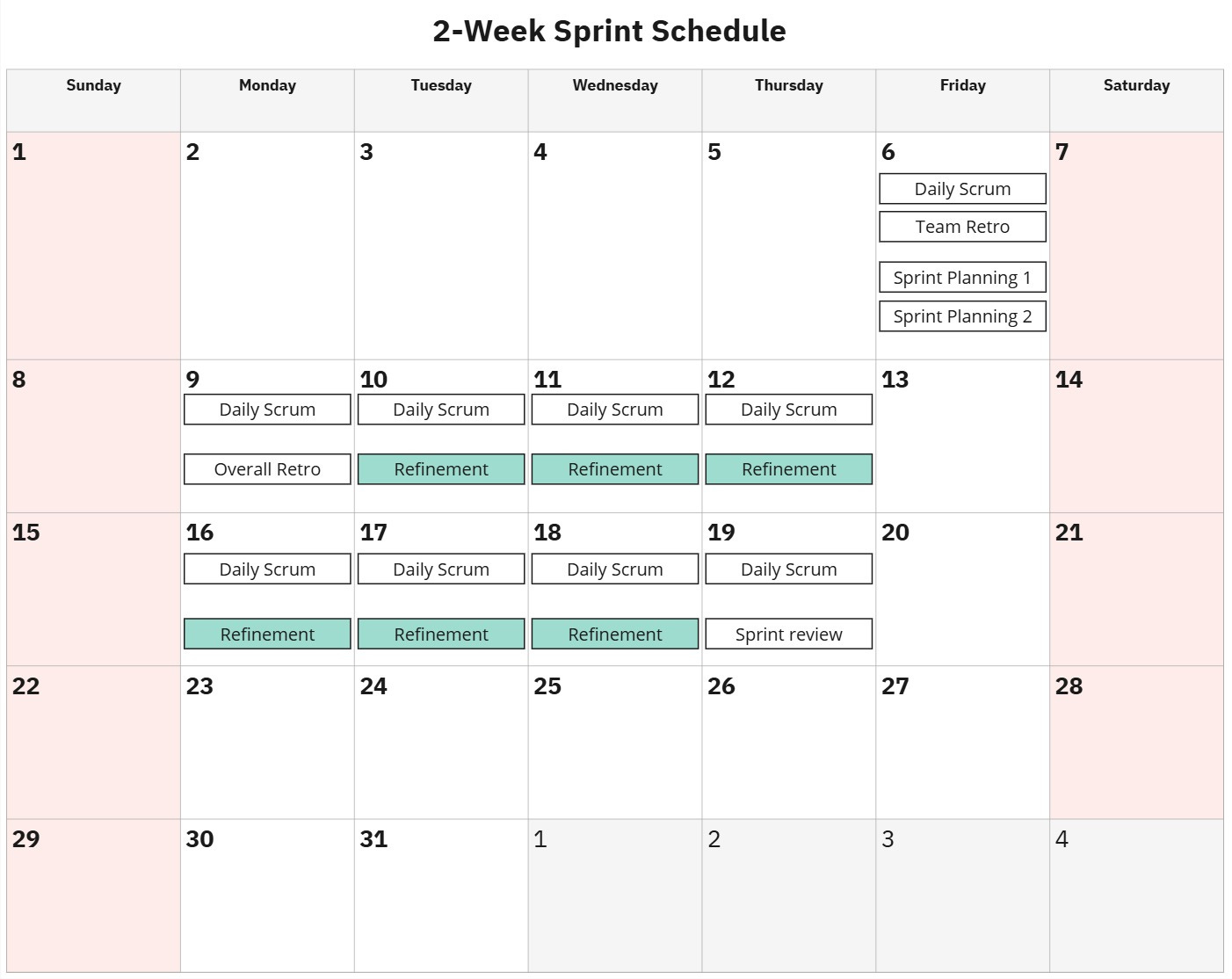Refinement Sessions That Actually Work
A Step-by-Step Guide to Overcoming Time Zone Challenges and Ad-Hoc Meeting Overload
Challenges of Remote Communication
Remote work is great for flexibility, but when your team is spread across three time zones—Asia, Europe, and the U.S.—scheduling becomes a nightmare. Important product decisions or technical discussion often require yet another meeting. People struggle with lack of focus time. Even booking a call starts feeling like a blocker, making teams more disconnected—even though they are all building the same product.
We also faced similar challenges and made a simple change: turned refinements into open office hours. Instead of just backlog grooming, these sessions became a space for anyone to drop in, ask questions—without extra calls. This small tweak transformed how we communicate and collaborate and made it more naturally despite being remote.
But before we did that, our first step was to make sure we understood exactly what we needed to solve.
Understanding and Prioritizing Problems
Before making any changes, we gathered feedback to understand biggest pain points. We listed every issue that was raised and prioritized them based on impact. Here’s what we found:
1️⃣ Hard to find a proper time slot (🔥Biggest impact)
With teams spread across India, Europe, and the U.S., scheduling was nearly impossible.
Impact: Delayed decision-making and frustration when you need to book a call.
2️⃣Hard to get enough focus time
People struggled to plan their days due to numerous ad-hoc meetings, leading to interruptions or long gaps with no discussions.
Impact: Reduced productivity, context switching.
3️⃣ Gaps in communication
Engineers felt less connected, even though they were working on shared components. They also felt less engaged with the product owner.
Impact: Growing sense of isolation, features being built without the proper discussion.
These problems weren’t just frustrating—they were holding us back.
How It Work in Practice
That’s when we rethought refinements and turned them into open office hours. Here’s how we structured our event schedule. We follow the LeSS framework with four teams using two-week sprints:
White Boxes: LeSS events like Daily Scrums and Retrospectives.
Green Boxes: Refinement sessions.
Red Background: Non-working weekends.
✅ Daily Scrum – A 15-minute check-in where the team aligns on progress toward the sprint goal.
✅ Team Retro – Reflects on what went well, what didn’t, and identifies improvements (you can also read here about retrospective).
✅ Sprint Planning 1 – The product owner and teams select sprint goals and discuss expected outcomes.
✅ Sprint Planning 2 – Teams select backlog items, discuss risks, and determine the best way to process them.
✅ Overall Retro – A broader feedback session with multiple team representatives and stakeholders.
✅ Sprint Review – The team presents results to stakeholders and gathers feedback. The product owner can adjust priorities based on market changes.
If you're unsure how to conduct these events, drop a comment—I’d be happy to explain in more detail.
Now let’s describe our new refinements:
Scheduled, recurring sessions
Regular sessions are planned and stay on the calendar to ensure consistency.
Key stakeholders are invited, ensuring their availability and preventing scheduling conflicts.
Each session is booked for 1.5 hours but may last between 50 and 80 minutes, depending on the topic. In total, sessions should not exceed 8 hours per two-week sprint.
Flexible agenda
The main focus is on refining backlog items for the next sprint.
The session also allows for cross-team technical discussions, alignment with the product owner, and other important topics related to current, future, or potential work.
If there are multiple topics, prioritization is done at the beginning based on urgency and importance.
No pressure to attend
People join if they need help or want to contribute, fostering a collaborative, voluntary environment.
Attendees check the agenda in advance to see if there are relevant topics or if someone is asking for their help.
However, it’s important to have representatives from each team present at the beginning of the event.
Here’s an example of an agenda created in Miro and used in our refinements. In our 2-week sprint schedule, this corresponds to Day 18
The most important things:
Ensure that everyone understands the priorities for the upcoming sprint.
The team is responsible for refining items for the next sprint.
Avoid situations where agenda preparation is handled solely by the scrum master or project manager or product owner. This prevents the team from becoming self-organized.
Results
Our new approach to backlog refinement directly addresses key challenges faced with previous approaches.
Regular, scheduled sessions reduce frustration caused by time-zone conflicts.
People can better plan their workdays, minimizing context switching.
Regular touchpoints support knowledge sharing and improve shared components technical decisions alignment.
The team drives backlog refinement, taking more accountability and reducing reliance on the scrum master.
The product owner can explain priority changes by adding such topic to the agenda, rather than scheduling separate meetings.
Consistent discussions foster stronger connections between engineers, reducing the feeling of isolation in remote settings.
💡Tips for Making It Work
Introduce the change through a retrospective
If the team decides to try this format themselves, there will be less resistance.
This approach may take longer, but it leads to greater acceptance.
Try it as an experiment
We introduced this approach for one month as an experiment. Before and after we conducted a short five-question survey about our refinements—our rating improved from approximately 3 to 4.
We also measured the amount of meetings for some of the busiest members – their calendars became more open.
Discuss individually with those who are strongly opposed
One-on-one conversations help uncover concerns and address them more effectively.
Share the idea in advance with the most engaged members so they can help support the change.
Prepare to facilitate
Use collaborative boards and have a structured template ready to guide the discussion.
Define a clear agenda in advance to keep the session focused and efficient. Small talk and the initial discussion on what to refine and how to split between topics should not take more than 10 minutes.
Final thoughts
Refinement sessions can be more than just backlog grooming. By structuring them well and ensuring team-driven participation, they help improve communication and foster engagement.
Try this approach and see how it works for you. We'd love to hear your experiences—what went well, what didn’t, and any adjustments you made.
Thanks for reading and if you found this helpful, feel free to share it with a friend or colleague who might benefit from these insights!







